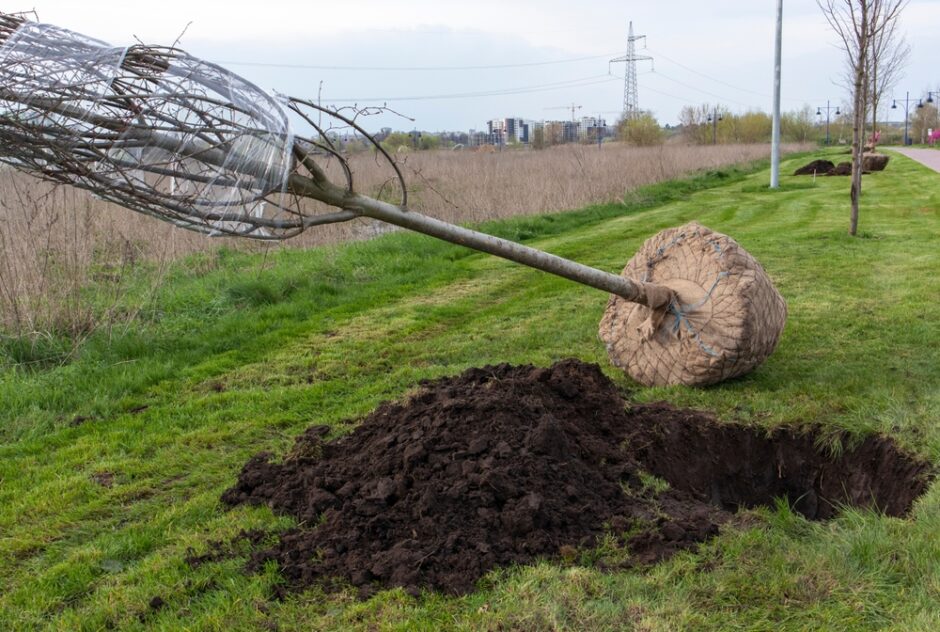Which Size Tree To Buy?
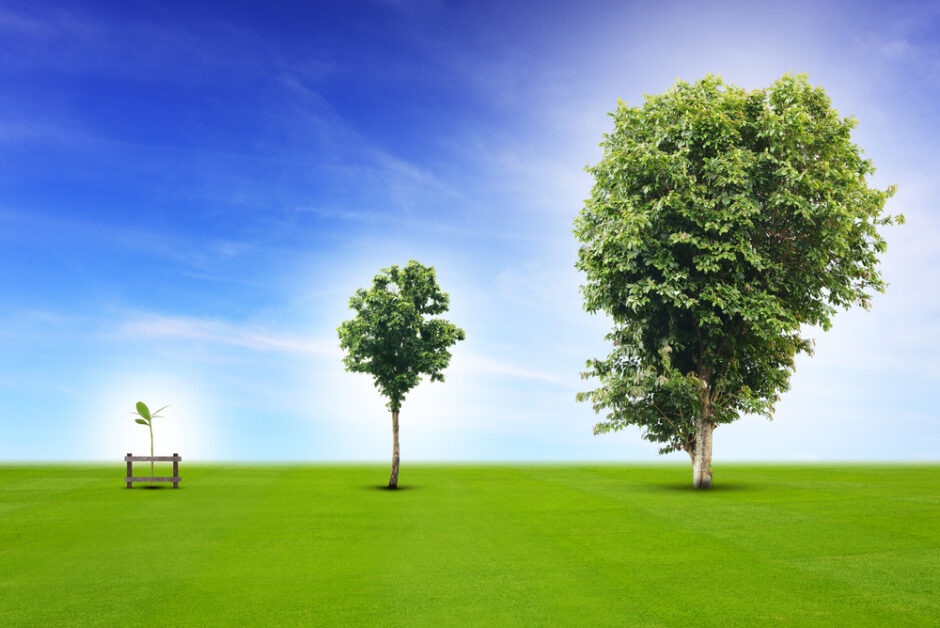
So you’ve been thinking of buying a tree to go in ‘that place’ in the garden.
What do you need to consider before taking the plunge?
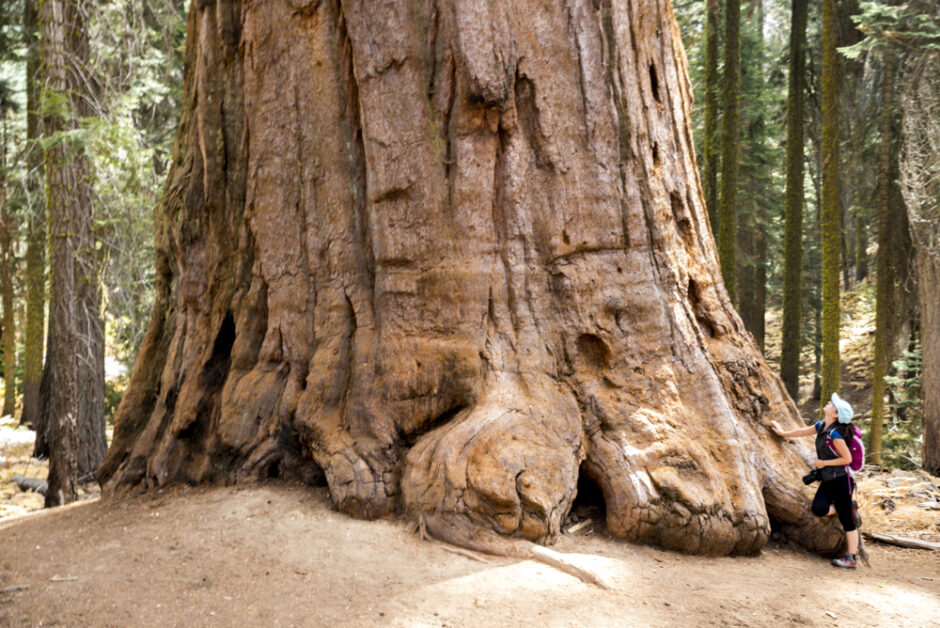
I suppose you’ve thought about the type of tree you would like, and whether its ultimate size would be a good fit for your garden. It is as well to remember that some species of tree grow quicker or bigger than others, and so a large specimen of a small tree will be more costly than a small specimen of a large tree.
If you own half of California you’ll be safe with this Sequoia.
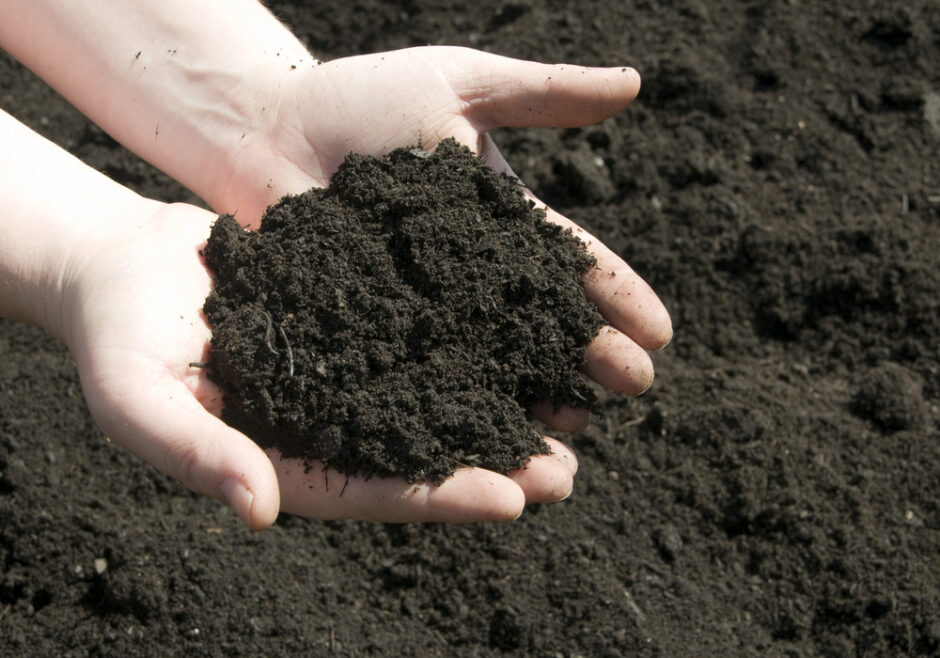
…. and I suppose your soil’s OK for the choice you’ve made.
So then next it’s just a question of what time of year you wish to plant and whether to go for a containerized or bare root tree.
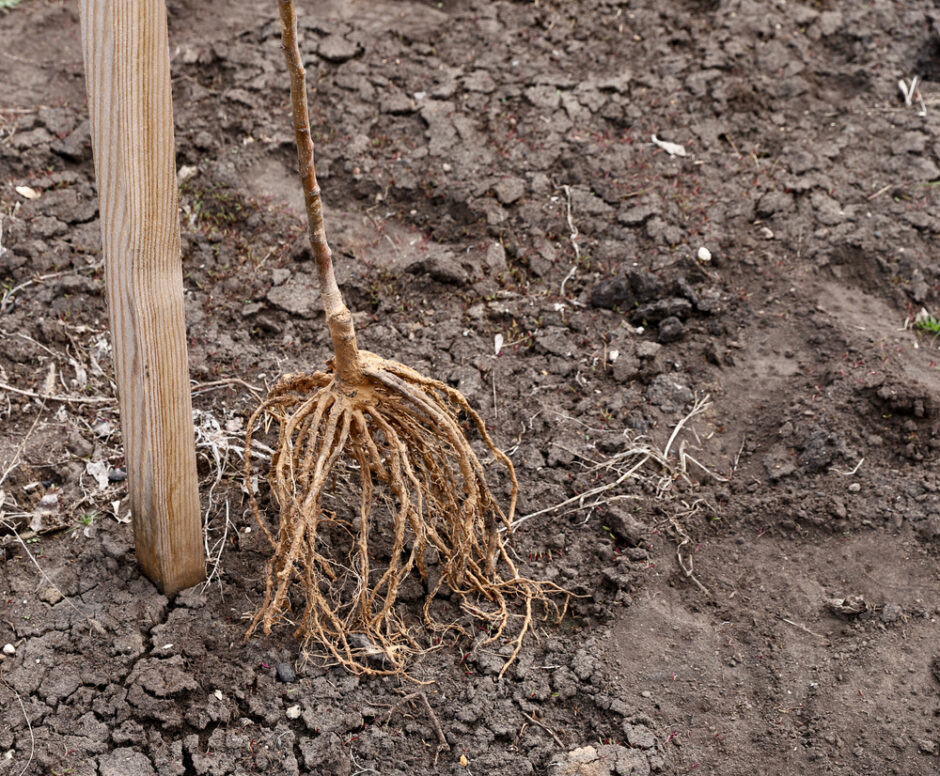
So, bare root trees look like this – not unsurprisingly – and if you’re going to plant in the winter period from say, November till mid-March, this is a good way to go because at that time of the year they are completely dormant. Also you don’t need to worry too much about root disturbance in winter, which can be a bit of a problem in the growing season when root activity is high. They’re also often a bit cheaper as a bare root specimen, so it’s worth considering.
One word of warning though. There is always a slight risk with planting bare root trees. Don’t leave their roots exposed to the elements like they are in this photo. If it’s very cold or windy, exposing the roots to those conditions can kill fibrous roots and you could lose the tree. If you tried to plant a bare root tree in the Summer, then there would be a considerable risk of failure.
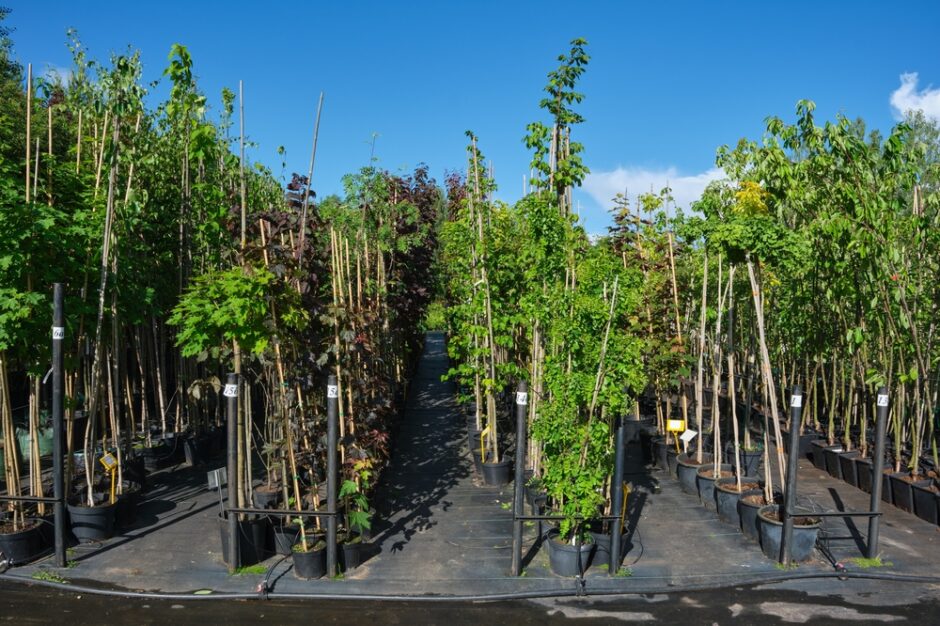
If you go for containerized trees, then there are different sizes, measured usually in Litres. The bigger the pot, the longer the tree has had to develop a good root system, the more costly the plant.
As a word of warning – check that the tree that you are buying hasn’t only just (during the last week or two) been potted on into a bigger pot. You need to be sure that the roots extend into the whole of the width of the container and that the resulting root system will hold together well once you take it out of its pot immediately prior to planting. If it has only just been potted on and roots haven’t grown into the new compost yet, you are effectively paying the next price up for a smaller root system, so watch out !
The major advantage of containerized plants is that you can plant them at any time of year as there is no root disturbance during the process. So you can plant them in the summer time – as long as you water them before and after planting.
The other significant point about containerized plants is that the whole of the root system is in the pot. With a bare root equivalent, some of the root will have been cut off in order to dig it up. And it is those outside fibrous roots that we really don’t want to lose as they are the ones which are actively taking up moisture from the soil.
So the next thing to check is the size of the tree that you will actually plant.
Tree sizes are measured in two ways. The height and the girth (Diameter or thickness) of the tree at 1 metre above the ground (above the root).
Broadly speaking they come in 7 sizes (9 if you include ‘Whips’ and ‘Forest Transplants’), ranging from a ‘Feathered Tree’ with a height of between 1.75M and 2.5M (‘Feathered’ means that is has branches in place right down the stem from top to bottom) —– all the way up to a ‘Semi-mature Tree’ which has a girth of 18-20cms and a height that could be up to 10M, depending upon species. Trees with a clear trunk are generally known as ‘Standard’ trees in varying sizes from 2.5-3.0 M tall up to 4.25-4.50M tall
